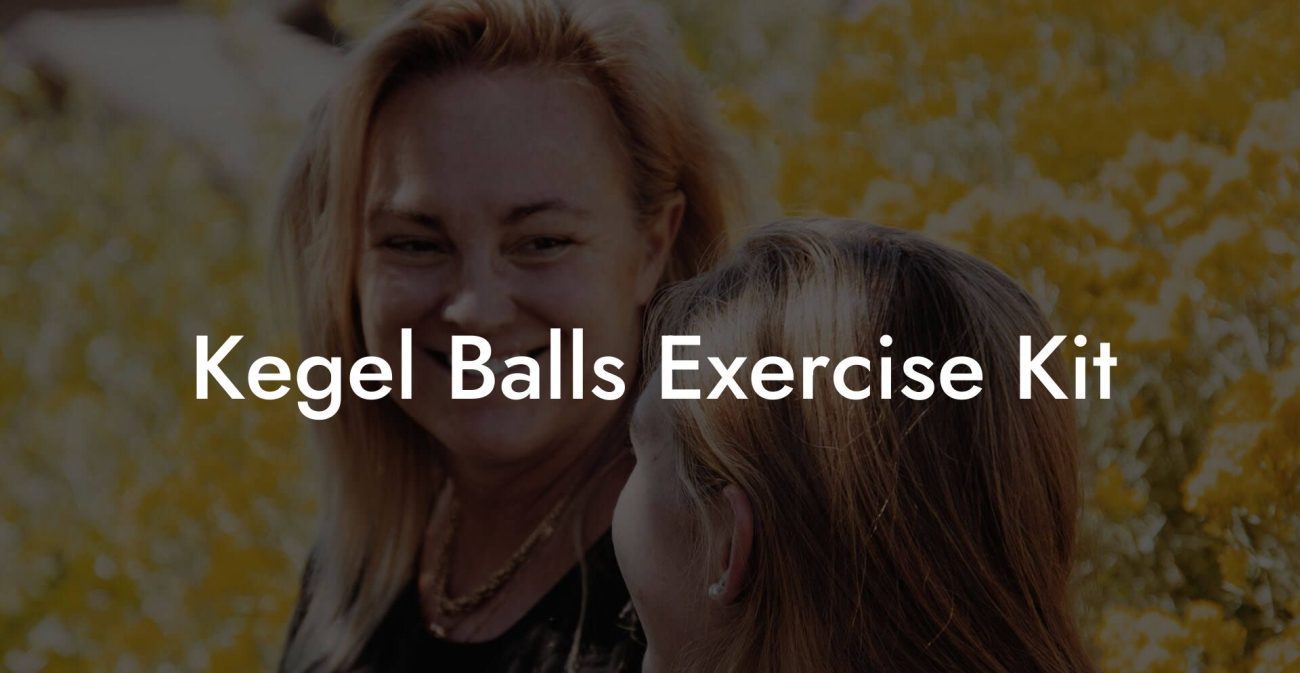kegel exercises have gained increasing popularity in recent years, but do you know what they actually do? If you're curious about how these simple exercises can make such a significant impact on your overall health, you've come to the right place. In this article, we will dive deep into the world of kegel exercises, discussing their benefits and how they work, as well as providing a realistic example of how to perform them effectively.
What are kegel exercises?
kegel exercises, also known as pelvic floor muscle training, involve the contraction and relaxation of the muscles surrounding the pelvic floor. These muscles support vital organs such as the bladder, uterus (in women), and rectum. Dr. Arnold Kegel, a gynecologist, originally developed these exercises to help women regain control over their pelvic muscles after childbirth. However, research shows that kegel exercises are beneficial for men and women alike.
Benefits of kegel exercises
- Improvement in urinary incontinence: Weak pelvic floor muscles can lead to involuntary leakage of urine, a condition known as urinary incontinence. kegel exercises strengthen these muscles, helping to reduce episodes of leakage and improve overall bladder control.
- Better bowel control: Just as kegel exercises can help with urinary incontinence, they can also be beneficial for those suffering from fecal incontinence. Strengthening the pelvic floor muscles can improve bowel movement control and reduce accidents.
- Increased sexual function: A strong pelvic floor has been linked to increased sexual satisfaction for both men and women. kegel exercises can enhance sexual function by improving blood circulation to the area, leading to increased sensation and stronger orgasms.
- Recovery after childbirth: For women, kegel exercises can be particularly beneficial in the postpartum period. They can aid in the healing process after childbirth and help to restore muscle tone, reducing the risk of pelvic organ prolapse.
- Prevention of pelvic organ prolapse: Pelvic organ prolapse occurs when the organs of the pelvic cavity descend due to weakened support from the pelvic muscles. By strengthening these muscles, kegel exercises can help prevent or manage this condition.
How to Perform kegel exercises
Before you begin, it's essential to identify the correct pelvic floor muscles. To do this, attempt to stop urination midstream or tighten the muscles that prevent flatulence. If you are unsure if you're engaging the correct muscles, consult with a healthcare professional or pelvic floor therapist.
Once you have located your pelvic floor muscles, follow these steps:
- Tighten your pelvic floor muscles, holding the contraction for 5-10 seconds (ensure that you're not engaging your abdominal, buttock, or thigh muscles).
- Relax the pelvic floor muscles for 10 seconds before starting the next contraction.
- Repeat this process 10-15 times per session.
- Perform three sessions per day for best results.
What Does kegel exercises Do Example:
Imagine you're in the midst of your daily routine, perhaps sitting at your office desk or preparing dinner. When you find a moment of privacy, take a short break to practice your kegel exercises. Focus on tightening and relaxing your pelvic floor muscles, ensuring that you maintain proper technique. Over time, you should notice improvements in urinary and bowel control, as well as sexual function.
Now that you understand the benefits and proper form of kegel exercises, it's time to incorporate them into your daily routine for maximum benefits. Remember that, like any workouts, consistency is key. Share this article with friends and family who might also benefit from pelvic floor therapy, and don't forget to explore the other guides on Pelvic Floor Therapy for more information and support in your journey. Happy strengthening!













